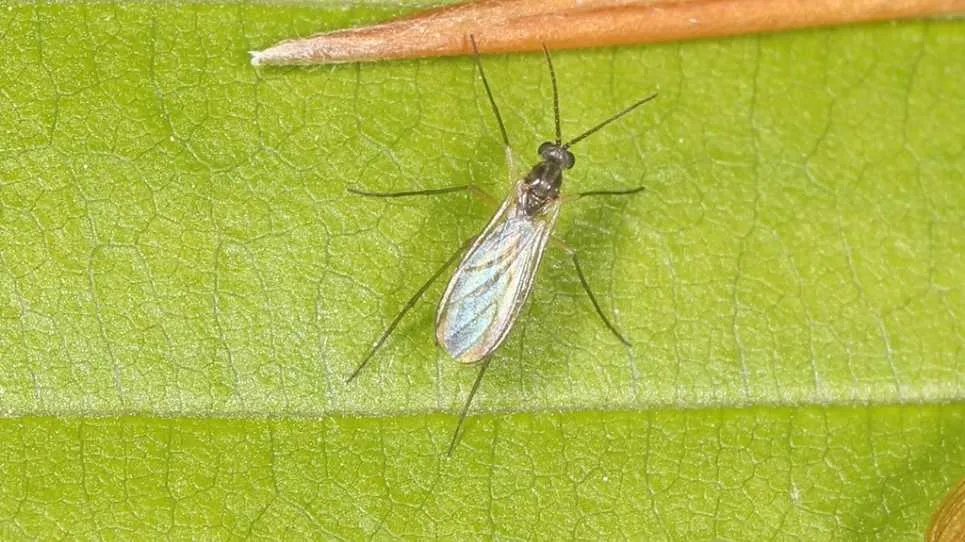Get rid of those pesky gnats and keep your plants healthy

Gnats are small, flying insects that can be a nuisance in indoor plants. They are attracted to moisture and decaying matter, and they can spread diseases.
In this blog post, we will discuss nine effective methods for getting rid of gnats in indoor plants.
What are gnats?
Gnats are small, flying insects that are about the size of a pinhead. They have long, thin bodies and wings. Gnats are found all over the world.
There are many different types of gnats, but the most common type found in indoor plants is the fungus gnat. Fungus gnats are attracted to moisture and decaying matter, such as the roots of overwatered plants.
Why are gnats a problem?
Gnats can be a nuisance in indoor plants. They can be annoying to see, and they can spread diseases.
Gnats can also damage plants. They can lay their eggs in the soil, and the larvae can feed on the roots of plants. This can lead to root rot and plant death.
How to identify gnats
If you think you may have gnats in your indoor plants, there are a few things you can look for.
- Small, flying insects
- Black or brown bodies
- Long, thin wings
- Larvae in the soil
How to prevent gnats
The best way to prevent gnats is to take steps to keep them out of your home in the first place. Here are a few tips for preventing gnats:
- Don’t overwater your plants. Gnats are attracted to moisture, so it’s important to water your plants only when they need it.
- Remove any decaying matter from your plants. This includes dead leaves, flowers, and fruit.
- Keep your plants clean. Dust your plants regularly to remove any gnat eggs or larvae.
How to get rid of gnats
If you have gnats in your indoor plants, there are a number of things you can do to get rid of them. Here are nine effective methods:
- Remove any decaying matter from your plants. This includes dead leaves, flowers, and fruit.
- Keep your plants clean. Dust your plants regularly to remove any gnat eggs or larvae.
- Water your plants less frequently. Gnats are attracted to moisture, so it’s important to water your plants only when they need it.
- Use a gnat trap. Gnats are attracted to light, so you can use a gnat trap to catch them.
- Use a neem oil spray. Neem oil is a natural insecticide that can be effective against gnats.
- Use a hydrogen peroxide solution. Hydrogen peroxide can kill gnat eggs and larvae.
- Use a mosquito dunk. Mosquito dunks are a type of pesticide that can be used to kill mosquito larvae.
- Call an exterminator. If you have a severe gnat infestation, you may need to call an exterminator.
Conclusion
Getting rid of gnats in indoor plants can be a challenge, but it is possible with the right methods. By following the tips in this blog post, you can get rid of gnats and keep your plants healthy.
Recommendations
- For more information on how to get rid of gnats in indoor plants, visit the website of the University of California Cooperative Extension.
- The National Pest Management Association also has a number of resources on how to get rid of gnats.
Find this and many more knowledge guides on Monkicon